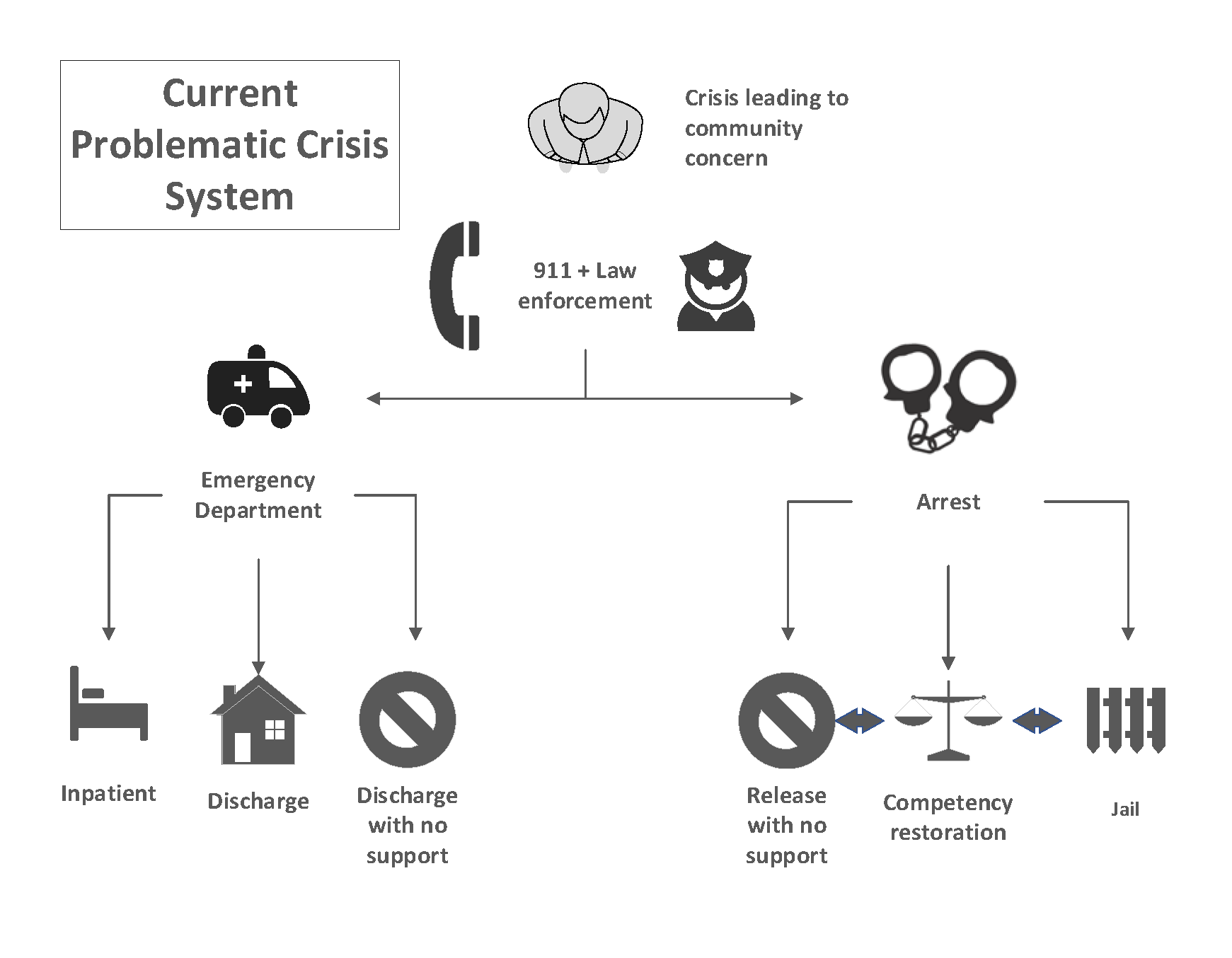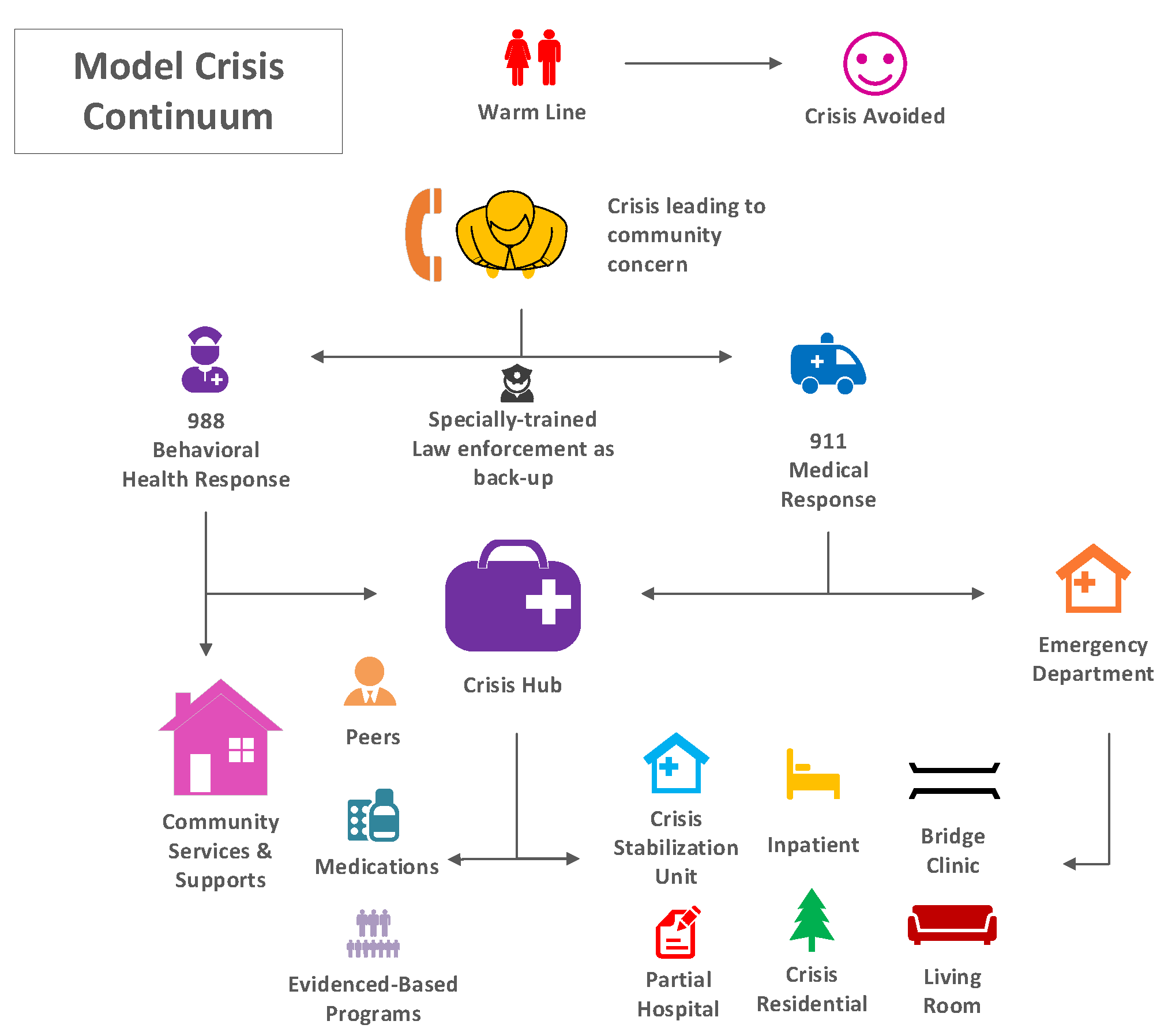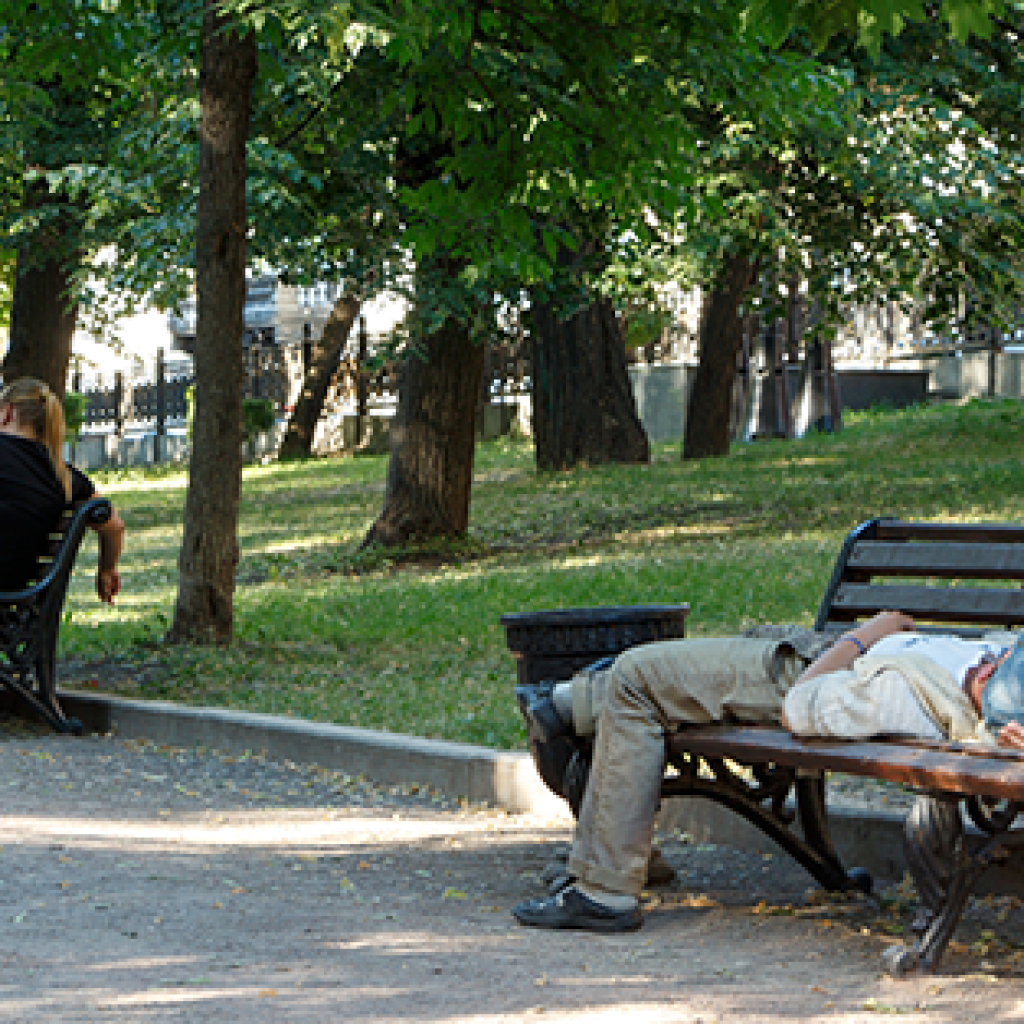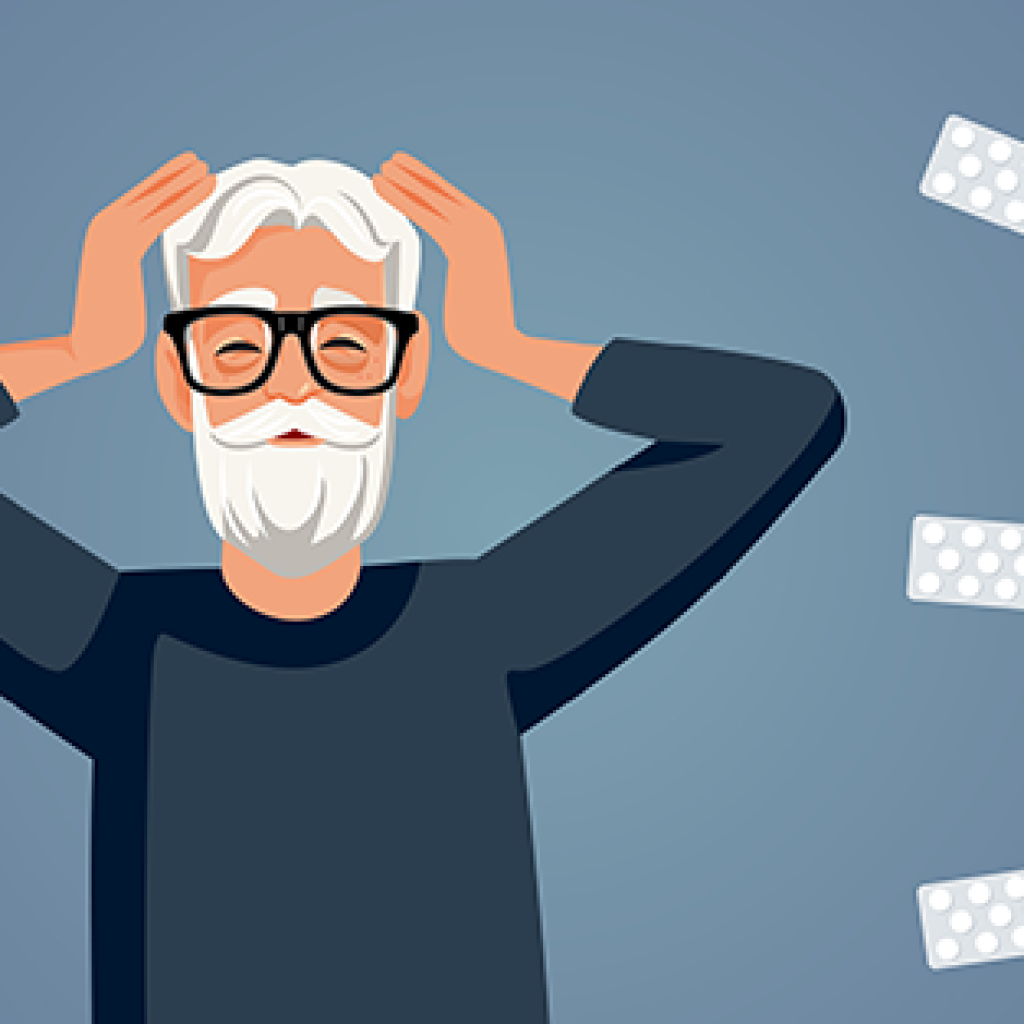988: A Step Forward in Addressing America’s Mental Health Crisis
Editor’s Note: This post has been updated and republished. To read the updated version follow this link.
The constant stress from the past few years (i.e., COVID-19, racism, mass shootings, change/global warming, immigration, worry about the economy), has impacted the mental health of Americans. There has been an increase in suicides, opioid-related overdoses deaths, homelessness, and incarceration of people with mental illness and intellectual disabilities. Due to this mental health crisis, Congress approved the new 988-dialing code in 2020. This new phone number will start accepting calls on Saturday, July 16, 2022. It will operate from the National Suicide Prevention Lifeline. The National Suicide Prevention Lifeline phone number 1-800-273-TALK(8255) will remain active.
SAMSHA sees the establishment of 988 as an important first step in the transformation of the crisis care system in America. The crisis care system aims to address the increasing rate of suicides, opioid-related overdose deaths, homelessness, and the over-representation of individuals with mental illness, intellectual and developmental disabilities and substance use disorders in the criminal legal system. 988 will serve as an entry point into the continuum of care system. In order to save lives, this new system has been established to prevent and manage crisis in a way that offers immediate, accessible, effective, and integrated care. The goal is to reduce suicides and opioid-related deaths and divert individuals from incarceration and unnecessary hospitalizations by accurately assessing, stabilizing, and connecting individuals to mental health and substance use resources.
The Mental Health Crisis in Numbers
Suicide Rates from 2020
1. Suicide is the 12th leading cause of death in the US.
2. For people ages 10–14 and 25–34 years, suicide was the 2nd leading cause of death.
3. 45,979 Americans died by suicide.
4. On average, there are 130 suicides per day.
5. There was approximately one death by suicide every 11 minutes.
6. The rate of suicide is highest in middle-aged white men.
7. Men died by suicide 3.88x more than women.
8. White males accounted for 69.68% of suicide deaths.
9. Firearms accounted for 52.83% of all suicide deaths.
10. 93% of adults surveyed in the U.S. think suicide can be prevented.
Opioid-related Deaths
1. More than 760,000 people have died since 1999 from a drug overdose.
2. Two out of three drug overdose deaths in 2018 involved an opioid.
3. 136 people die every day from opioid related deaths.
4. From April 2020 – April 2021 over 100,000 people died from drug overdoses.
5. The estimated cost of the opioid epidemic is close to $504 billion.
Homelessness
Incarceration of People with Mental Illness and Substance Use
Rates of mental illness and substance use disorder are much higher among “frequent utilizers” of jails.
While the statistics are daunting, there is hope
The National Suicide Prevention Lifeline (The Lifeline) has successfully helped to support people in crisis since it began operating in 2005. The Lifeline has provided 24/7 free and confidential support to people experiencing suicidal crisis or mental health related crisis. Lifeline studies have shown that after speaking with a trained crisis counselor, most callers report feeling significantly less depressed, less suicidal, less overwhelmed, and more hopeful.
The lifeline is comprised of a national network of over 200 local, independent crisis centers that have trained people to deal with mental health-related distress or experiencing suicide crisis via call, chat or text. When someone contacts the network, they have the option to speak to someone in English or Spanish (text and chat options are still only available in English). To support the new 988 transition, SAMHSA awarded $105 million to state and territorial grants to help support the staffing of crisis centers across America.
The establishment of 988 is only one step forward in addressing the mental health crisis. There is a much larger vision for building an integrated system. This vision will require collaboration, commitment and support from both public and private sectors. The long term vision is to build a robust crisis care response system across the country that links callers to community-based providers who can deliver a full range of crisis care services (i.e., mobile crisis teams and stabilization centers).
Figure 1: Flow of the Current Problematic Crisis System
This chart depicts the current Crisis System. When someone experiences a crisis that leads to a community concern, 911 + law enforcement is contacted, which leads to either a trip to the emergency department or an arrest. If a person goes to the emergency department, they are either admitted, discharged and/or discharged with no support. If they get arrested, then they are either released with no support, go to jail of have to do competency based restoration.
Figure 2: Flow of an Interconnected Model Crisis Continuum
This chart depicts the vision for the future interconnected model crisis continuum. When a person experiences a crisis, they call 988 (a warm line). This results in either a crisis being avoided, or a crisis that leads to a community concern. If it’s a crisis that leads to a community concern, a person-centered response is dispatched which could include a 988 behavioral health response, a specially trained law enforcement person as back up, and/or 911 medical response. If a person requires a transfer, they would go to either a crisis hub or an emergency department, which would result in person-centered support (community services & support, medications, evidence-based programs, crisis stabilization, inpatient, bridge clinic, partial hospitalization, crisis residential, or living room) depending on the person’s needs.
This newly designated dialing code was established to meet the growing need for suicide and mental health-related crisis care. 988 and 911 will be working closely for a seamless referral/response of callers to the appropriate care or response that addresses the unique circumstances encountered within the call. Currently, fewer than 2% of Lifeline calls require connection to emergency services like 911. If 911 is needed, the crisis counselor will share information with 911 (i.e., active suicide attempt in progress), with the intent that the coordinated response will promote stabilization and care in the least restrictive manner. 988 provides easier access to the Lifeline network, which require different skills and different needs than someone needing public safety (Emergency Medical Services, Fire, and Police). SAMHSA is has been working with 911 counterparts at the federal, state, and local levels to plan for a smooth transition between the two services.
In an ideal crisis system, there is no wrong door. To best serve individuals in crisis, referrals are accepted from any provider, and if the provider is unable to provide care for the individual, then that provider is able to connect the person to someone that can provide the proper care.
This integrated care system requires collaboration across multiple sectors:
-
- Mobile crisis services
- Crisis receiving and stabilization services
- Crisis respite facilities
- Urgent care facilities
- Hospitals (EDs, inpatient, and outpatient settings)
- Primary care providers
- Other outpatient sites of care
- Substance use treatment sites of care
- Peer recovery centers
- Jails and law enforcement
- First responders (e.g., emergency medical, fire)
- Community centers and organizations
- 211 centers and other hotlines / warmlines
What Can You Do Today to Support the New 988 System?
-
Utilize SAMHSA’s messaging in order to create a consistent message
-
- Use 988 Messaging Framework
- Review the FAQs
- Use and Share 988 Toolkit Resources
- Use and Share Playbooks
-
Update Voicemail and Messages
- ADD a reference to 988 for behavioral health-related emergencies.
Additional resources may be found on the CASAT OnDemand Resources & Downloads page.
This article was developed by Heather Haslem, M.S. Feel free to use, link to, or distribute this information. A link to our site and attribution would be much appreciated.
References:
American Foundation for Suicide Prevention. (2022). Suicide statistics. American Foundation for Suicide Prevention. Retrieved July 11, 2022, from https://afsp.org/suicide-statistics/
American Psychological Association. (2020). Stress in America™ 2020: A National Mental Health Crisis. American Psychological Association. Retrieved July 11, 2022, from https://www.apa.org/news/press/releases/stress/2020/report-october
National Alliance to End Homelessness. (2021). State of Homelessness: 2021 edition. National Alliance to End Homelessness. Retrieved July 11, 2022, from https://endhomelessness.org/homelessness-in-america/homelessness-statistics/state-of-homelessness-2021/
Prison Policy Initiative . (2017). Rates of mental illness and substance use disorders . Prison Policy Initiative. Retrieved July 11, 2022, from https://www.prisonpolicy.org/graphs/frequent_utilizers_mh_sud.html
Ryan, S. A. (2018). Calculating the real costs of the opioid crisis. Pediatrics, 141(4). https://doi.org/10.1542/peds.2017-4129
SAMHSA. (2022). 988 suicide and Crisis Lifeline. SAMHSA. Retrieved July 11, 2022, from https://www.samhsa.gov/find-help/988
Blog Post Tags:
Related Blog Posts
Related Learning Labs
Related Resources
.
- Buscar Tratamiento de Calidad para Trastornos de uso de Sustancia (Finding Quality Treatment for Substance Use Disorders Spanish Version)
- Finding Quality Treatment for Substance Use Disorders
- Focus On Prevention: Strategies and Programs to Prevent Substance Use
- Monthly Variation in Substance Use Initiation Among Full-Time College Students
- The National Survey on Drug Use and Health (NSDUH) Report: Monthly Variation in Substance Use Initiation Among Adolescents










